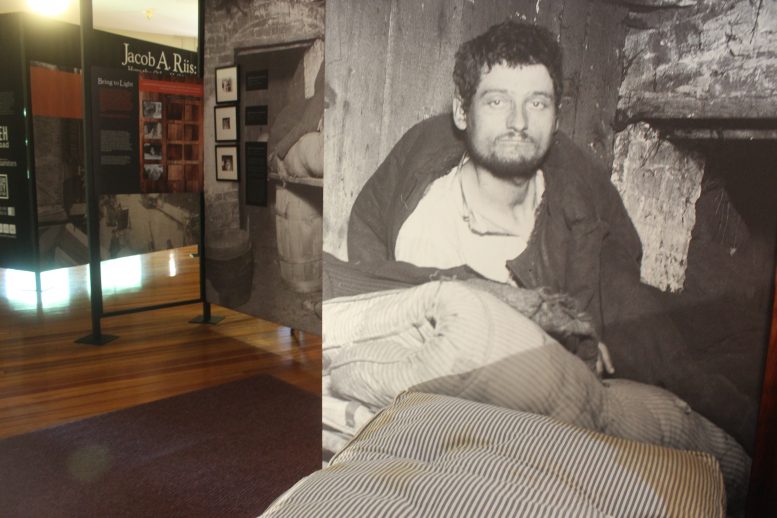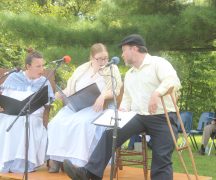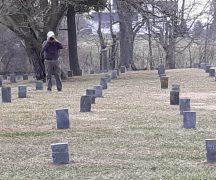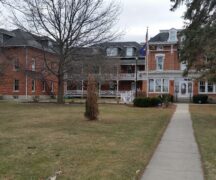By DAVID DUPONT
BG Independent News
The faces could be those of people flooding the southern border today.
The faces could be the ancestors of the faces we look at in the mirror every day.
They are the faces of Europeans, 10 million between 1870 and 1920 who fled poverty and turmoil in their old homes, to make a new life in America.
What they found were the slums and jobs that paid subsistence wages if they were lucky.
These are the faces of history that still resonates today.
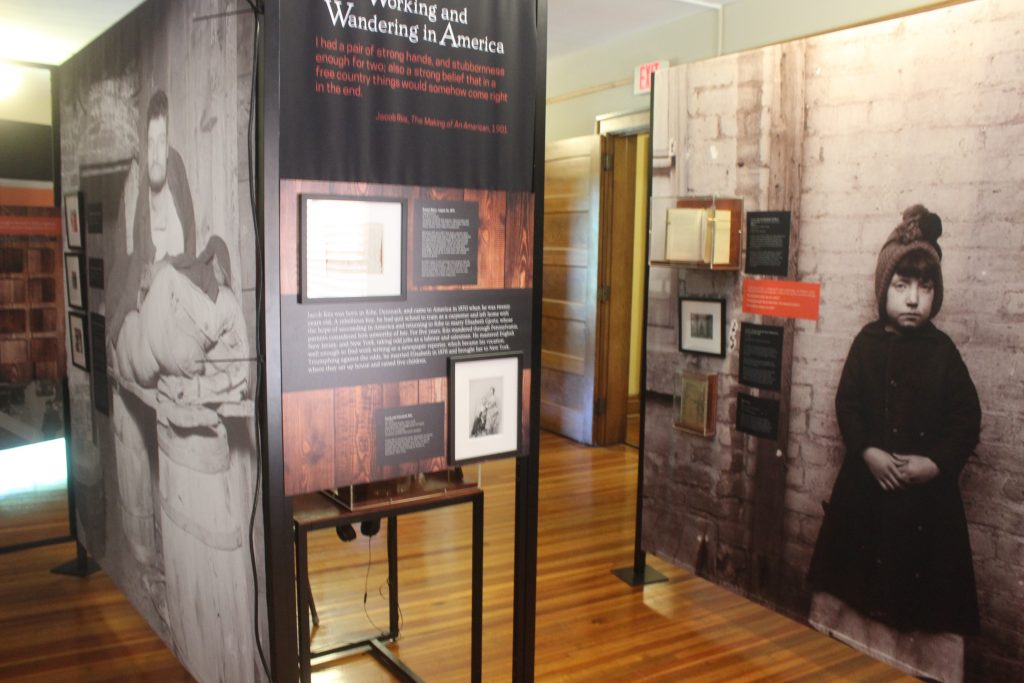
Jacob Riis recorded them in photography, a new technology, and more so wielding passionate prose in newspaper reports, magazine articles, and books.
His work is celebrated in “Jacob A. Riis: How the Other Half Lives” on exhibit through Aug. 11 at the Wood County Historical Museum.
Riis knew how the other half lived. He was one of them. Though he became a celebrity and best-selling author later in life, he came to America from Denmark poor. For five years he was unable to find regular work and lived in abject poverty, often homeless. Finally he found employment as a newspaper reporter. He turned his journalistic talents to recording the plight of his fellow immigrants, exposing the horrid conditions in which they lived. He tried to enlighten to “the other half,” the better off half.
That other half included people of phenomenal wealth, living in mansions just blocks from the slums. This was the Gilded Age when robber barons and capitalism were flying high without a safety net for the men, women and children who did the labor.
The exhibit originated with the Museum of the City of New York and was adapted for tour by the National Endowment for the Humanities and made available to the Wood County Historical Society by the Mid-America Arts Alliance.
Curator Holly (Hartlerode) Kirkendall said the Riis exhibit provides a counterpoint to “For Comfort and Convenience.” That locally staged exhibit, which includes photos by Jeff Hall of county homes or their former sites throughout the state, focused on how Ohio looked after those struggling financially and physically.
The centrality of photography to both exhibits is not a coincidence, Kirkendall said. “Photography is a great way to bring in an audience that might not normally come to a local history organization.”
As a contemporary photographer, Hall makes great use of the latest technology. Riis also used the latest technology, in his case flashlight powder to illuminate nighttime and dimly lit scenes. At first he hired two amateur photographers interested in the technology to take the photographs. When they got bored he took them for himself.
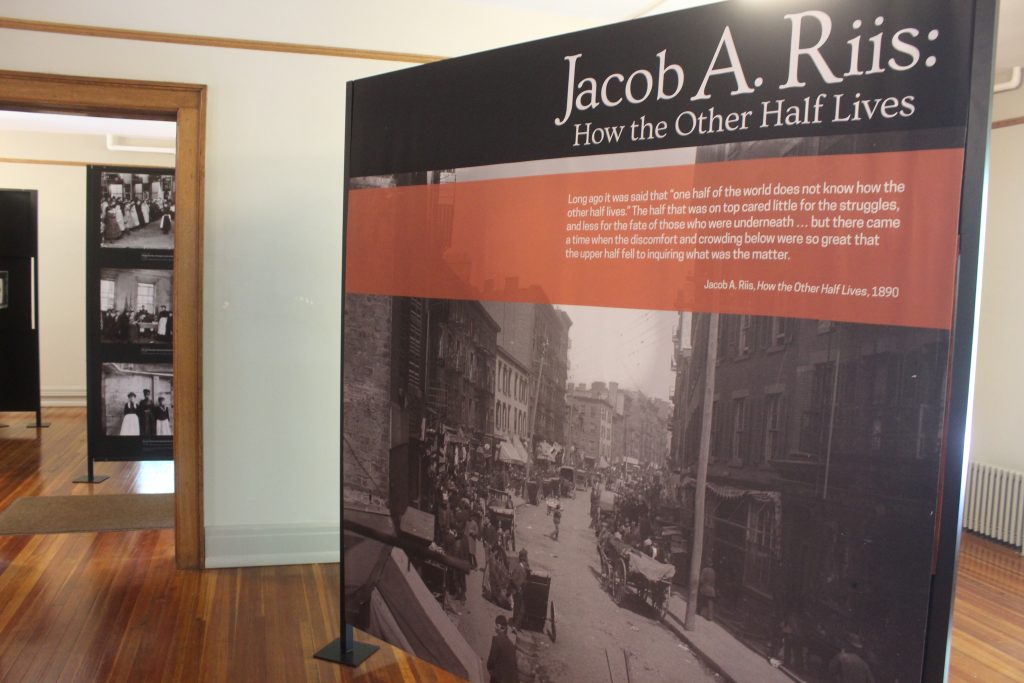
While celebrated as a pioneer of photojournalism, Riis considered the camera merely a tool to expose the injustice he saw around him. At first what illustrated his stories were not the photos themselves but single-line woodblock prints made from the photographs. He was careless in the way he took care his images, leaving them behind when he moved.
He did use the photographs for illustrated lectures. A recreation of a section of one of those lectures is included in the exhibit.
Kirkendall said that Riis was like a contemporary blogger, his journalism was the Instagram of his time.
He didn’t just decry the squalor he witnessed but advocated for those seeking solutions. So he wrote about settlement houses. He lobbied his friend, Teddy Roosevelt, then governor of New York.
He wrote favorably about the movement in New York schools to start the day by saluting the flag.
One school turned that decision into an exercise in democracy. Students were given ballots, and asked to take them home and discuss the matter with their parents. Students voted overwhelmingly in favor of saluting the flag. One Irish youngster, though, came to school without his ballot. “The old man tore it up,” he reported.
These stories echo contemporary concerns, Kirkendall said. People had fears about “people coming from other countries, taking away jobs from native-born Americans, belonging to cultures and believing ideas that we don’t necessarily understand.”
Many Americans, including herself, are just a few generations removed from being immigrants.
She hopes this exhibit will give them a chance to reflect on this.
These images, she said, “capture a moment in time.” They may seem to be removed, but Americans are still debating poverty, issues of class, and income inequality.
Riis’ haunting images, Kirkendall said, still “have tremendous significance to what we’re doing now.”

